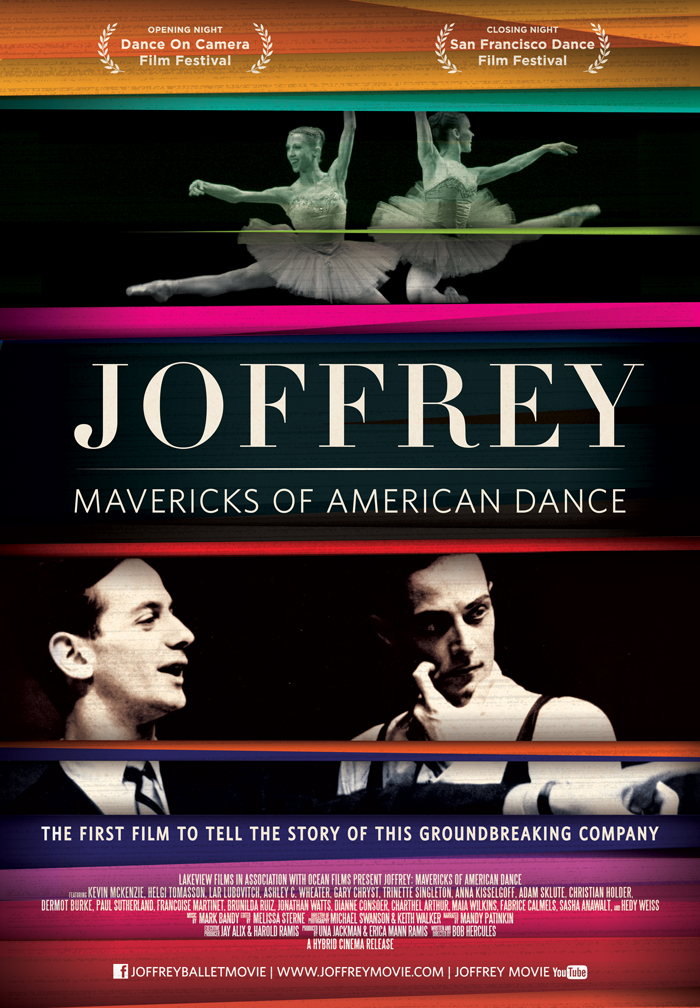An Innovative Launch for Joffrey: Mavericks of American Dance

An Innovative Launch for Joffrey: Mavericks of American Dance By Jon Reiss For the past four months, my company Hybrid Cinema has been working on the release of the new film Joffrey: Mavericks of American Dance directed by Bob Hercules about the history of the Joffrey ballet. I will be writing a number of posts […]
MAKING SENSE OF DISTRIBUTION PANELS – POST LAFF’s SEIZE THE POWER SYMPOSIUM
The Film Collaborative was recently on a panel at the Los Angeles Film Festival as part of their SEIZE THE POWER SYMPOSIUM which focused on DIY & DIGITAL Distribution. This was the description of the panel we were on and that I moderated and will discuss below: NEW DIGITAL DISTRIBUTION INITIATIVES Leading digital distribution executives […]